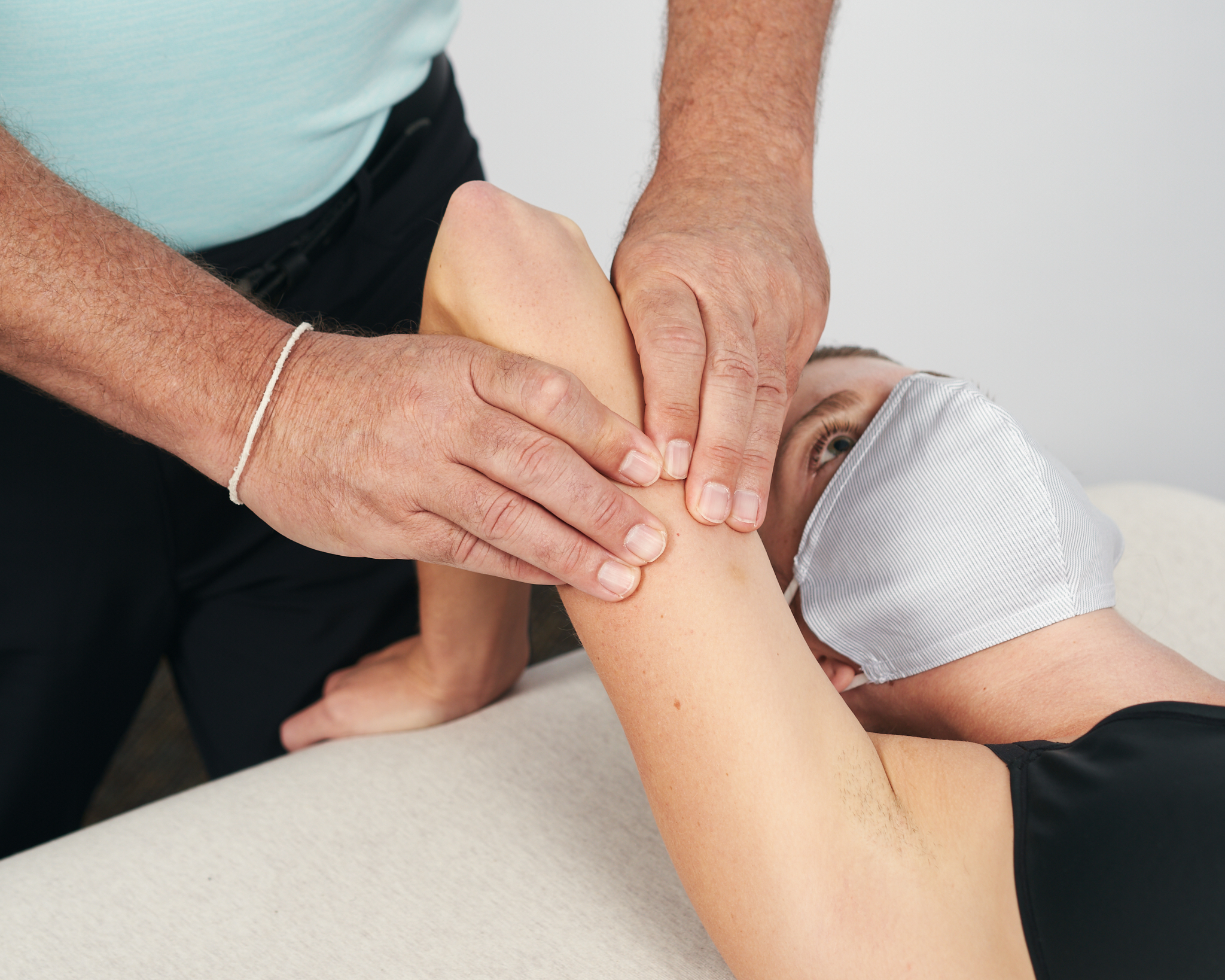Dr. Ida Rolf Institute News
Rolfing® for Athletes | Improve Performance & Recovery

Rolfing® Structural Integration for Athletic Performance
Athletes, dancers, and musicians all rely on precise, efficient movement — but overuse and structural imbalances can limit performance. Rolfing® Structural Integration helps restore alignment, free movement restrictions, and improve body awareness so you can perform with greater ease, resilience, and stamina. Whether you’re chasing personal bests, perfecting your artistry, or recovering from strain, Rolfing® offers a whole-body approach to keep you at your best.
Rolfing® Helps Improve Sports Performance
From weekend warriors to Olympians, Rolfing® Structural Integration has a proven record of enhancing athletic performance. Certified Rolfers™ have worked with the U.S. Olympic Committee’s Sports Medicine program, supporting teams in cross-country skiing, diving, figure skating, and wrestling, among others.
Through improved alignment and balanced movement, Rolfing® helps athletes:
-
Move with greater efficiency and range of motion
-
Breathe more easily and deeply
-
Reduce recovery time between training and competition
-
Reduce wear on joints and soft tissues from repetitive or high-impact activities
When your body is structurally balanced, you can generate more power, move with precision, and sustain endurance — giving you a competitive edge both mentally and physically.
Rolfing®: A Competitive Edge for Runners
Whether you’re training for your first 5K or aiming for a marathon personal best, running takes a toll on the body. Over time, repetitive impact can strain the knees, hips, glutes, and lower back — especially if underlying imbalances are left unaddressed.
Rolfing® Structural Integration helps runners by:
-
Improving alignment to reduce joint stress
-
Increasing lung capacity for better endurance
-
Enhancing efficiency of stride for smoother, more powerful movement
-
Relieving tension in key running muscles like the calves, hamstrings, and hip flexors
Many runners report that Rolfing® allows them to run with less discomfort and greater ease, even during high-mileage training or demanding races. By optimizing your structure, Rolfing® supports a lighter, more resilient stride that can go the distance.
Rolfing® for Athletic Injury Recovery
Overuse, repetitive motions, and high-impact training can lead to muscle, joint, and connective tissue injuries that limit performance.
Rolfing® Structural Integration supports recovery by:
-
Releasing fascial restrictions that may be prolonging pain or stiffness
-
Restoring mobility and flexibility to injured areas
-
Addressing compensatory patterns that developed during healing so you can return to training with better balance and stability
-
Improving overall alignment to reduce the risk of re-injury
For athletes recovering from injury, a Rolfing® 10-Series with a Certified Rolfer™ or Certified Advanced Rolfer™ can help restore function, ease discomfort, and rebuild the body’s capacity for peak performance.
Rolfing® for Better Biomechanics
Efficient biomechanics are the foundation of peak performance. When movement patterns are balanced and well-aligned, athletes can generate more power, move with greater precision, and reduce wear on joints and tissues.
Rolfing® Structural Integration improves biomechanics by:
-
Eliminating fascial restrictions that limit range of motion
-
Optimizing posture to support efficient movement
-
Reducing compensatory patterns that waste energy or cause strain
Certified Rolfers™ look at the whole body and its movement patterns. Whether analyzing a golfer’s swing, a sprinter’s starting stance, or a runner’s stride, they assess factors like step length, foot placement, joint angles, and flexibility. By refining these mechanics, Rolfing® helps athletes move with greater ease, stability, and resilience — unlocking their full potential.
Rolfing® and Dance: Moving with Freedom and Expression
Dancers push their bodies to the limits, demanding strength, flexibility, precision, and artistry — often all at once. Over time, training can create tension, restricted movement, or imbalances that affect both technique and expression.
Rolfing® Structural Integration offers dancers a new way to experience their bodies — helping them regain circulation, flexibility, fluidity, lightness, and confidence they can carry into both technique and artistic expression. By releasing fascial restrictions and restoring balanced alignment, it helps improve:
-
Flexibility and range of motion — making lines and extensions feel freer and more fluid
-
Circulation and recovery — reducing stiffness and fatigue after intense rehearsals or performances
-
Body awareness — enhancing control, grace, and confidence on stage
The result is movement that feels lighter, more dynamic, and more expressive — giving dancers the freedom to perform at their best without fighting against their own bodies.
Rolfing® and Music: Playing with Ease and Endurance
Musicians may not always be seen as athletes, but their work is every bit as physically demanding. Hours of practice, repetitive motions, and the intensity of live performance can lead to tension, pain, and overuse injuries that cut careers short.
Rolfing® Structural Integration helps musicians move, play, and perform with greater ease by:
-
Reducing strain in the neck, shoulders, hands, and back from repetitive playing positions
-
Improving posture and breath support for vocalists and wind players
-
Restoring fluid, efficient movement to prevent fatigue and enhance endurance on stage
By creating balance and ease in the body, Rolfing® helps musicians focus on their craft — expressing themselves fully without being held back by physical limitations.
Perform at Your Best — In Every Field
Whether you’re chasing a personal record on the track, bringing emotion to life through dance, or captivating an audience with music, your body is your instrument. Rolfing® Structural Integration helps you fine-tune that instrument by improving alignment, freeing movement, and removing barriers that hold you back.
With a balanced, resilient body, you can move with confidence, recover more quickly, and perform at your highest potential — on the field, on the stage, or anywhere life takes you.
Whether you perform on the field, stage, or studio, Rolfing® can help you move better, recover faster, and perform at your best. Find a Certified Rolfer™ today.